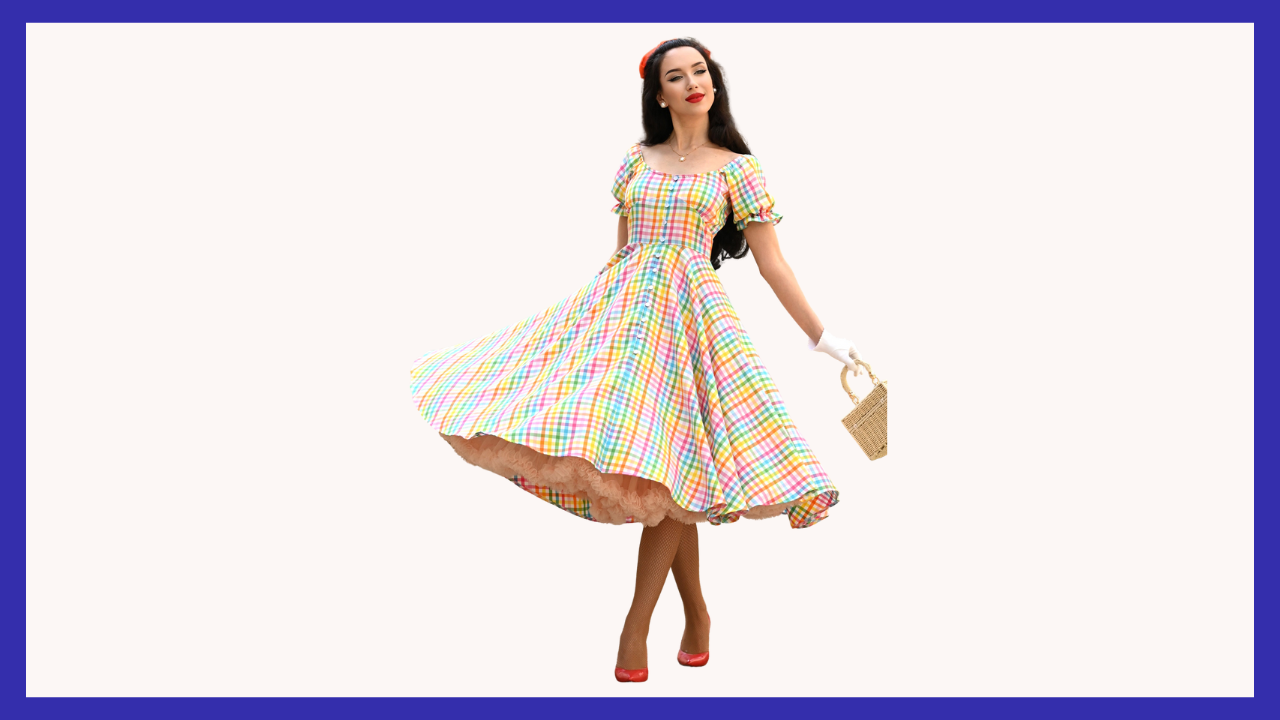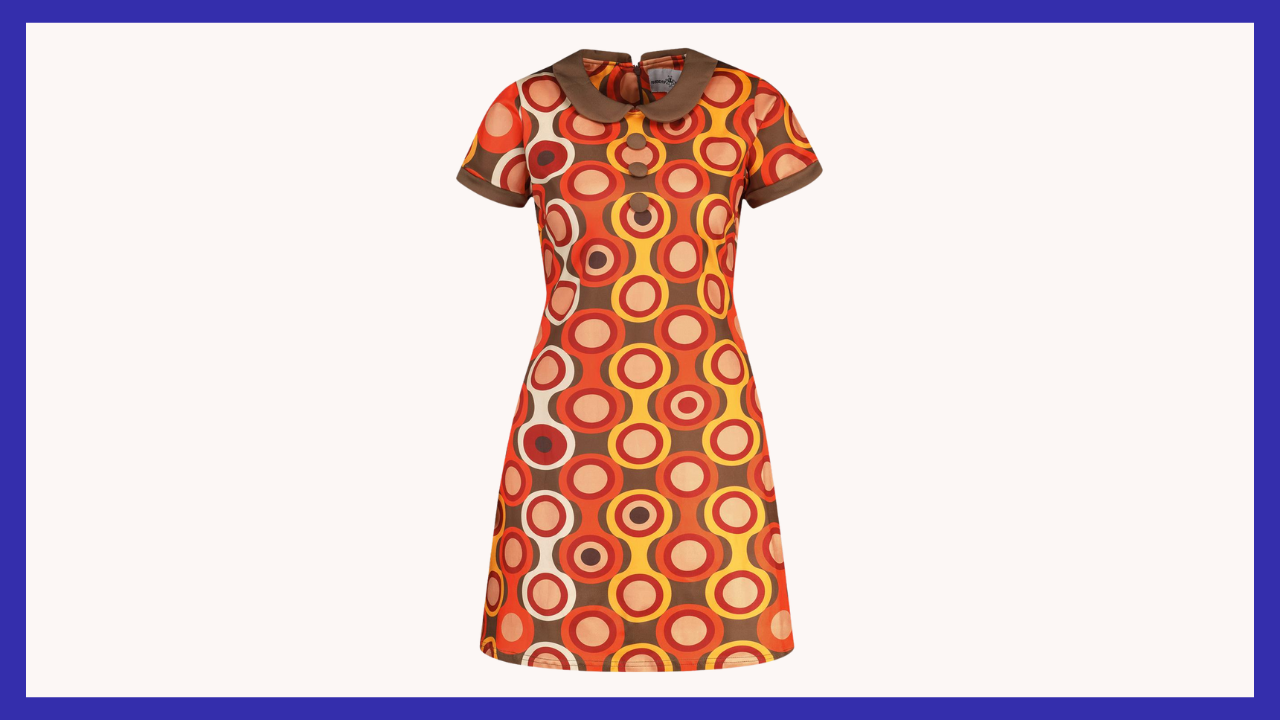AllVintageStyles
The Ultimate Vintage Fashion Encyclopedia
Bohemian Dress

Flowing dress with ethnic influences and natural fabrics, embodying 1970s counterculture values and rejection of conventional fashion through artistic, handcraft-inspired design.
Quick Facts
- Era: 1970s (peak popularity 1960s-1980s)
- Origin: United States/Europe (counterculture movement and ethnic fashion influences)
- Garment Type: Artistic dress with anti-establishment construction philosophy
- Key Identifiers: Flowing silhouette, ethnic prints, natural fabrics, handcraft details
- Typical Resale Price: $40-$250 (authentic vintage pieces)
- Best For: Counterculture collectors, folk fashion enthusiasts, artistic lifestyle seekers
History & Evolution
Bohemian dresses emerged from the 1960s counterculture movement when hippie and artistic communities rejected conventional fashion in favor of clothing that expressed alternative lifestyle values and cultural awareness. The style drew inspiration from various ethnic traditions, folk costumes, and anti-establishment aesthetics that prioritized comfort, authenticity, and artistic expression over social conformity. Early versions featured flowing construction with ethnic influences that represented rejection of structured Western fashion and embrace of global cultural diversity.
The 1970s established bohemian dresses as essential counterculture wear when back-to-the-land movements and artistic communities embraced clothing that reflected environmental consciousness, handcraft appreciation, and alternative lifestyle choices. The style became associated with music festivals, artistic expression, and rejection of materialistic fashion values, appealing to young people seeking authentic alternatives to mass-produced clothing. Boutiques and artisan creators produced versions that emphasized natural materials, ethnic influences, and handmade construction techniques.
The late 1970s and early 1980s saw bohemian dress styling influence mainstream fashion while maintaining strongest connections to artistic communities and alternative lifestyle choices. The style survived through its connection to authentic craftsmanship values and cultural appreciation throughout subsequent decades. Contemporary fashion frequently revives bohemian elements, but vintage pieces offer superior natural fabric quality and authentic handcraft construction that reflects original counterculture values and artistic movement integrity.
Authentication Tips
Authentic 1960s-1980s Features:
- Natural fiber construction including cotton gauze, linen, silk, or hemp with authentic bohemian texture
- Hand-finished details including embroidery, beading, or ethnic construction techniques
- Authentic ethnic influences with culturally accurate patterns and traditional design elements
- Period-appropriate earth tones, natural dyes, or traditional folk color combinations
- Bohemian brand labels (Indian imports, artisan makers, early ethnic fashion companies)
Common Reproductions/Modern Pieces:
- Synthetic fabrics or polyester blends lacking authentic natural fiber characteristics and bohemian texture
- Machine construction without hand-finished details typical of authentic counterculture craftsmanship
- Generic ethnic patterns without cultural accuracy or authentic traditional design significance
- Contemporary chemical dyes or modern color combinations not available during vintage bohemian periods
- Mass-production labels without connection to authentic counterculture or artisan craftsmanship heritage
Styling & Use Cases
- Best for counterculture enthusiasts: Pair with natural accessories and handcraft jewelry for authentic 1970s hippie festival styling
- Ideal for artistic collectors: Combine with vintage scarves and ethnic accessories for bohemian cultural appreciation
- Perfect for alternative lifestyle: Layer with natural fibers or wear alone for comfortable artistic expression and anti-establishment fashion
Modern styling tips:
- Embrace the dress's artistic heritage by choosing handmade accessories that complement counterculture values
- Layer with contemporary pieces while maintaining the dress's connection to authentic cultural traditions
- Focus on natural materials and ethnic influences that honor the dress's anti-establishment philosophy and cultural diversity
FAQ
Q: How can I tell if a bohemian dress is authentic vintage counterculture construction?
A: Check for natural fiber construction like cotton gauze or linen, hand-finished details with authentic ethnic techniques, culturally accurate traditional patterns, period-appropriate earth tones or natural dyes, and bohemian brand labels from authentic counterculture or artisan sources.
Q: What's the typical price range for vintage bohemian dresses?
A: Authentic vintage bohemian dresses range from $40-250 depending on handcraft quality, ethnic authenticity, and condition. Documented counterculture pieces or exceptional hand-embroidered examples command higher prices among bohemian fashion and folk art collectors.
Q: How should I care for a vintage bohemian dress?
A: Hand wash natural fabrics in cold water to preserve handcraft details, machine wash sturdy cotton pieces on gentle cycle, air dry to prevent shrinkage and protect ethnic construction, and store carefully to preserve hand-finished embroidery or beading.
Q: What makes vintage bohemian dresses valuable to collectors?
A: Cultural significance in 1960s-70s counterculture and anti-establishment movements, superior natural fiber quality representing authentic hippie craftsmanship values, hand-finished details reflecting traditional ethnic construction techniques, and documentation of alternative fashion that rejected conventional Western dress codes in favor of global cultural appreciation.
📷: TutorMandarin



